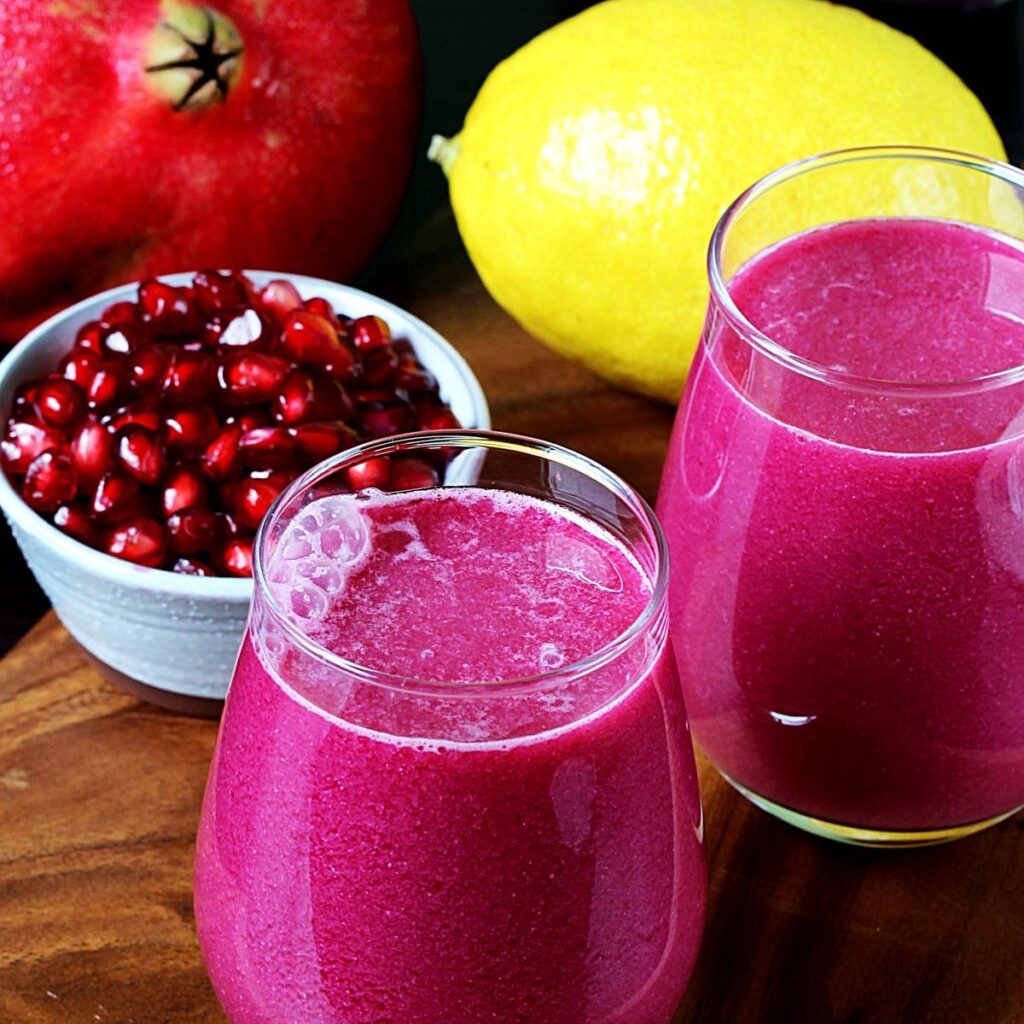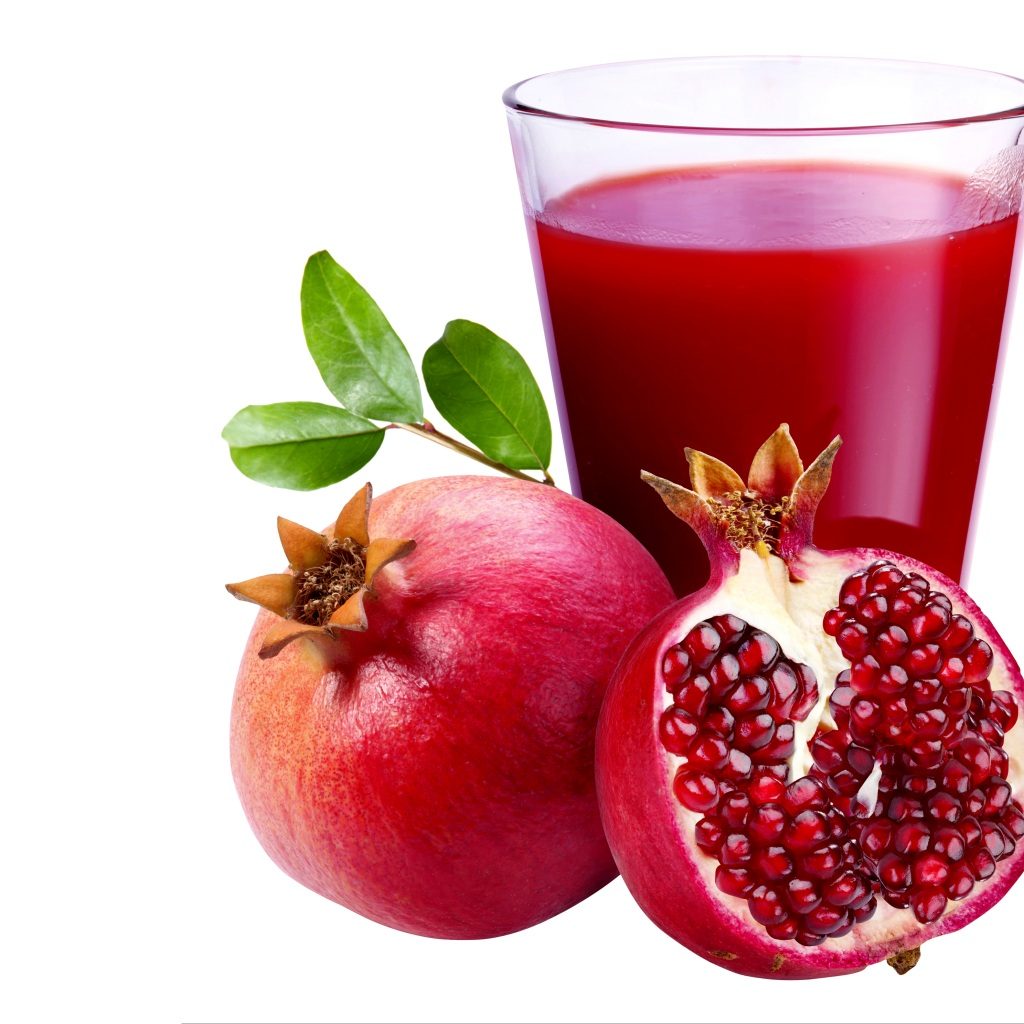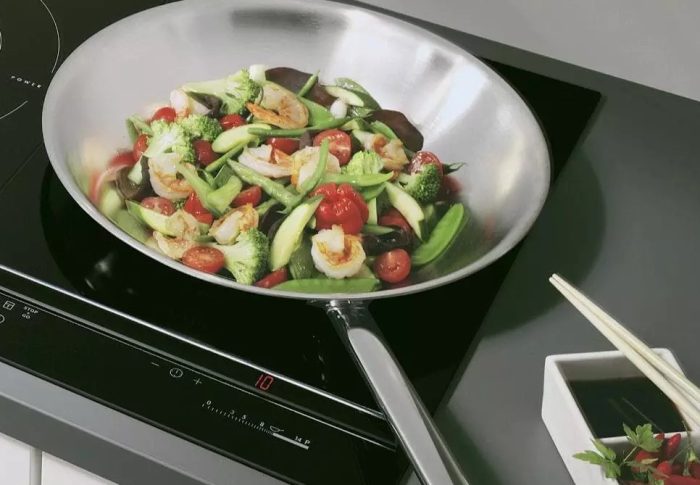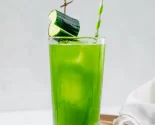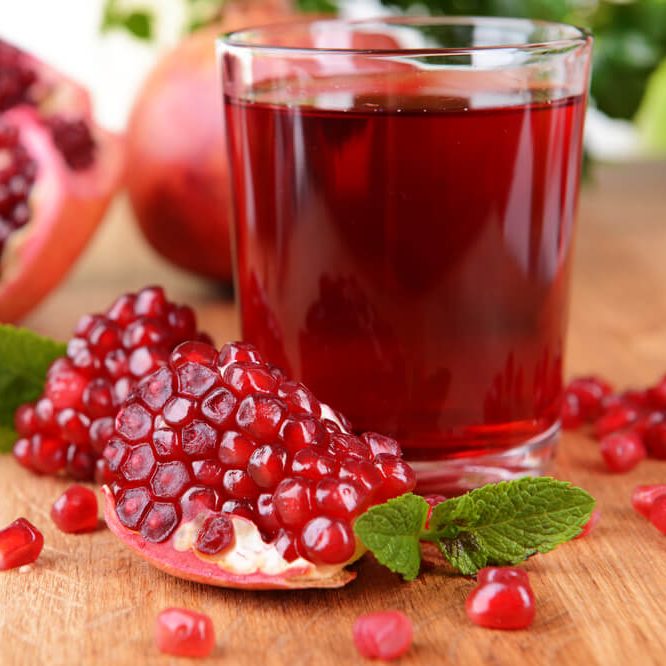
How to Juice a Pomegranate in an Electric Juicer?
Juicing a pomegranate can seem daunting at first, given the fruit’s tough exterior and myriad seeds. However, with the right technique and an electric juicer, extracting the vibrant, nutritious juice from a pomegranate becomes a straightforward and rewarding process. This comprehensive guide will walk you through every step of how to juice a pomegranate in an electric juicer, ensuring that you maximize both yield and flavor while minimizing mess and effort.
Understanding Pomegranates: A Nutritional Powerhouse
The Health Benefits of Pomegranate Juice
Pomegranate juice is celebrated for its impressive health benefits. It is rich in antioxidants, particularly punicalagins and anthocyanins, which help combat oxidative stress and reduce inflammation. Regular consumption of pomegranate juice has been linked to improved heart health, lower blood pressure, and enhanced memory function. Additionally, it is a good source of vitamins C and K, potassium, and folate, making it an excellent addition to a balanced diet.
Choosing the Right Pomegranate
Selecting the best pomegranate is crucial for obtaining high-quality juice. Look for fruits that are heavy for their size with a deep, vibrant color. The skin should be firm and free of blemishes or cracks. A ripe pomegranate will yield more juice and have sweeter seeds, enhancing the overall flavor of the juice. Avoid fruits that feel unusually soft or show signs of mold, as these are indicators of spoilage.
Preparing the Pomegranate for Juicing
Tools and Equipment Needed
Before you begin, gather all necessary tools and equipment to streamline the juicing process:
- Electric juicer
- Sharp knife
- Cutting board
- Bowl of water
- Spoon or wooden utensil
- Strainer (optional)
- Clean storage containers
Safely Cutting Open the Pomegranate
Handling a pomegranate requires care due to its tough skin and potential for juice splatter. Start by rinsing the fruit under cold water to remove any surface dirt or residues. Place the pomegranate on a sturdy cutting board and use a sharp knife to make shallow incisions from the top to the bottom, following the natural segments of the fruit. These lines typically reveal the pomegranate’s internal structure. Be cautious to avoid cutting too deep, which can crush the seeds inside.
Separating the Seeds from the Pith
Once the pomegranate is incised, gently pull apart the sections over a bowl filled with water. Submerging the fruit in water helps prevent juice from spraying and makes it easier to loosen the seeds. Use your fingers to gently pry apart the sections, allowing the seeds (arils) to sink to the bottom while the pith and rind float to the top. Skim off the unwanted parts and drain the seeds thoroughly before proceeding to juicing.
Setting Up Your Electric Juicer
Choosing the Right Juicer for Pomegranates
Not all electric juicers handle pomegranates equally well. Centrifugal juicers, which work by spinning at high speeds to extract juice, may not be the best choice due to their inability to handle small, sticky seeds effectively. Instead, consider using a masticating juicer, which operates at lower speeds and grinds the seeds more thoroughly, resulting in higher juice yield and less waste.
Assembling the Juicer Properly
Ensure your electric juicer is clean and assembled correctly before use. Refer to the manufacturer’s instructions for proper assembly, paying particular attention to the pulp container and juice receptacle. A well-assembled juicer will operate more efficiently and reduce the likelihood of clogging or spillage when processing pomegranates.
Step-by-Step Guide to Juicing Pomegranates
Feeding the Seeds into the Juicer
Begin by placing the separated pomegranate seeds into the juicer’s feeding chute. Depending on your juicer’s design, you may need to use a pusher to gently guide the seeds into the juicing mechanism. Avoid overfilling the chute, as this can lead to spillage and inefficient juicing. Feed the seeds steadily and allow the juicer to process them at its own pace.
Managing Pulp and Juice Collection
As the pomegranate seeds are processed, the juice will flow into the designated container, while the pulp is collected separately. Periodically check the pulp container to ensure it isn’t overfilled, which can disrupt the juicing process. If necessary, clear excess pulp to maintain a smooth flow of seeds through the juicer. This step ensures maximum juice extraction and prevents the juicer from becoming clogged.
Straining the Juice for a Smooth Texture
For those who prefer a smoother juice without any pulp or sediment, straining the extracted juice is recommended. Place a fine-mesh strainer or cheesecloth over a clean bowl and pour the juice through it, using a spoon or spatula to press out any remaining liquid. This additional step not only enhances the texture but also removes any residual bitterness from the pith.
Maximizing Juice Yield and Quality
Techniques for Maximizing Extraction
To get the most juice out of your pomegranates, consider the following tips:
- Crush Before Juicing: Gently crushing the seeds with a spoon before feeding them into the juicer can break down the cell walls, allowing for more efficient juice extraction.
- Alternate Seed Feed: Alternate between feeding small batches of seeds and clearing the pulp container to maintain a consistent juicing process.
- Use Ripe Pomegranates: As mentioned earlier, ripe pomegranates yield more juice with better flavor, so ensure your fruit is perfectly ripe before juicing.
Storing Pomegranate Juice Properly
Freshly extracted pomegranate juice is best consumed immediately to enjoy its full range of nutrients and vibrant flavor. If you need to store it, pour the juice into airtight containers and refrigerate. Properly stored, pomegranate juice can last up to five days in the refrigerator. For longer preservation, consider freezing the juice in ice cube trays or freezer-safe bottles, where it can be kept for several months.
Troubleshooting Common Juicing Issues
Preventing Seed Clogging
Seed clogging is a common challenge when juicing pomegranates. To prevent this, ensure that the seeds are well-separated from the pith and that the juicer’s filters are clean. If clogging occurs, stop the juicer, clear out the blockage, and resume juicing slowly to allow the seeds to pass through more easily.
Dealing with Excessive Pulp
Excessive pulp can lead to a gritty texture in the juice. To mitigate this, promptly clear the pulp container during the juicing process and consider using a finer strainer. Additionally, adjusting the juicer’s settings (if applicable) to a slower speed can help reduce the amount of pulp extracted.
Maintaining Juicer Efficiency
Regular maintenance of your electric juicer is essential for consistent performance. Clean the juicer thoroughly after each use, paying special attention to the blades and pulp containers. Descaling with a vinegar solution periodically can prevent mineral buildup, especially if you live in an area with hard water.
Creative Uses for Pomegranate Juice
Beverage Innovations
Pomegranate juice serves as a versatile base for a variety of beverages. Here are some creative ideas to enhance your juice experience:
- Pomegranate Smoothies: Blend pomegranate juice with fruits like bananas, berries, and yogurt for a nutritious smoothie.
- Cocktails and Mocktails: Use pomegranate juice as a base for cocktails, mixing it with spirits like vodka or gin, or create refreshing mocktails with sparkling water and fresh herbs.
- Iced Teas and Lemonades: Incorporate pomegranate juice into iced teas or lemonades for a tangy twist.
Culinary Applications
Beyond beverages, pomegranate juice can elevate numerous culinary dishes:
- Salad Dressings: Combine pomegranate juice with olive oil, vinegar, and herbs to create a flavorful dressing.
- Marinades: Use the juice as a marinade for meats, imparting a subtle sweetness and tenderizing effect.
- Desserts: Drizzle pomegranate reduction over ice cream, cakes, or yogurt for added richness and depth.
Enhancing Flavor with Additives
Natural Sweeteners and Spices
To tailor the flavor of your pomegranate juice, consider adding natural sweeteners and spices:
- Honey or Agave Syrup: A touch of honey or agave can balance the tartness of the juice.
- Cinnamon or Ginger: Adding a pinch of cinnamon or a slice of fresh ginger can infuse warmth and complexity.
- Mint Leaves: Fresh mint leaves can provide a refreshing contrast to the bold flavor of pomegranate.
Combining with Other Juices
For a more complex flavor profile, blend pomegranate juice with other juices:
- Apple or Orange Juice: Mixing with apple or orange juice can create a sweeter, more approachable beverage.
- Beet or Carrot Juice: Combining with beet or carrot juice adds earthiness and additional nutrients.
Cleaning and Maintaining Your Electric Juicer
Immediate Cleaning Post-Juicing
To prevent juice residue from hardening and becoming difficult to clean, it is advisable to clean your electric juicer immediately after use. Disassemble the components and rinse them under warm water. Use a soft brush or sponge to gently scrub away any remaining pulp or juice. Avoid using abrasive materials that could damage the juicer’s surfaces.
Deep Cleaning and Maintenance Tips
For a thorough clean, especially after juicing sticky fruits like pomegranates, follow these steps:
- Disassemble Completely: Separate all removable parts, including the blades, pulp container, and juice receptacle.
- Soak in Warm Soapy Water: Let the components soak to loosen any stubborn residues.
- Use a Vinegar Solution: For descaling and eliminating odors, wipe down the juicer with a solution of equal parts water and white vinegar.
- Dry Completely: Ensure all parts are completely dry before reassembling to prevent mold growth and maintain the juicer’s longevity.
Frequently Asked Questions (FAQs)
Can I Juice Unseparated Pomegranate Seeds?
While it is possible to place whole pomegranate seeds directly into some electric juicers, separating them beforehand can improve juice yield and reduce the strain on your juicer. Pre-separating also minimizes the risk of clogging and ensures a smoother juicing process.
How Much Pomegranate Juice Can I Expect from One Fruit?
On average, a medium-sized pomegranate yields approximately half a cup of juice. However, this can vary based on the fruit’s size, ripeness, and the efficiency of your juicer. Using a high-quality electric juicer can maximize your juice output.
Is Pomegranate Juice Safe to Freeze?
Yes, pomegranate juice freezes well and can be stored for several months. To freeze, pour the juice into ice cube trays or freezer-safe containers, leaving some space for expansion. Thaw in the refrigerator before use to maintain its quality and flavor.
Can I Add Pomegranate Juice to My Daily Diet?
Absolutely. Pomegranate juice can be a healthy addition to your daily diet when consumed in moderation. Its rich nutrient profile supports various aspects of health, but be mindful of the natural sugars present. Incorporating it as part of a balanced diet ensures you reap its benefits without excessive calorie intake.
What to Do with Leftover Pomegranate Pulp?
Leftover pomegranate pulp can be repurposed in several creative ways:
- Baking: Add the pulp to muffins, bread, or granola bars for added texture and flavor.
- Smoothies: Blend the pulp into smoothies for extra fiber.
- Yogurt Toppings: Sprinkle the pulp over yogurt or oatmeal for a nutritious boost.
- Sauces and Dips: Incorporate the pulp into sauces or dips for a tangy twist.
 Conclusion: Mastering How to Juice a Pomegranate in an Electric Juicer
Conclusion: Mastering How to Juice a Pomegranate in an Electric Juicer
Mastering how to juice a pomegranate in an electric juicer opens the door to a world of delicious and nutritious beverages and culinary creations. By understanding the fruit’s unique characteristics, preparing it properly, and utilizing the right juicing techniques, you can efficiently extract its vibrant juice with minimal effort. Whether enjoyed on its own or combined with other flavors, pomegranate juice offers a burst of health benefits and a delightful taste experience. Embrace the process, experiment with creative additions, and enjoy the rewarding results of your juicing endeavors.

